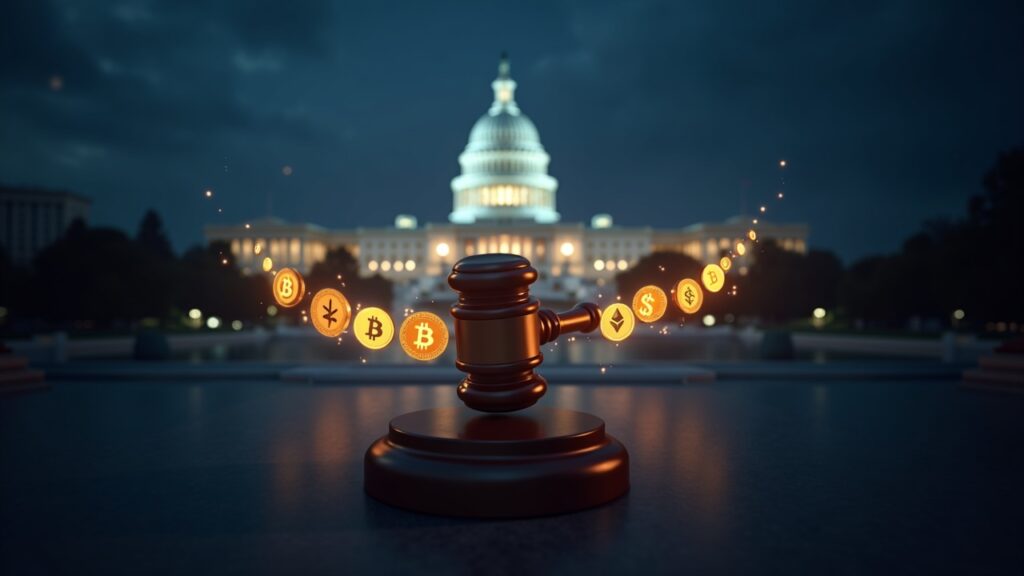The Senate presented a draft bill to redefine the oversight of digital assets, an initiative that affects regulators, exchanges and issuers and may alter how federal authorities are allocated. The proposal led by Senators John Boozman and Cory Booker would transfer a large part of the oversight of certain crypto-assets to the CFTC, potentially changing compliance dynamics and litigation in the sector.
The Boozman-Booker draft, revealed on November 10–11, 2025, would place digital assets classified as commodities under the CFTC’s primary supervision. According to the proposal, the measure aims to provide “clarity” in jurisdiction for foundational cryptocurrencies like Bitcoin and Ethereum, curbing the SEC’s expansive claims over numerous tokens. The initiative is not a final text; it is a starting point to resolve which agency applies which rules.
At the same time, the Senate Banking Committee, after hearings and a public debate in July 2025 —including testimony from executives like Brad Garlinghouse— published a 35-page draft that addresses token classification and administrative responsibilities, and strengthens AML requirements. The committee’s text seeks a broader and more detailed federal framework, aimed at mitigating illicit activity risks and defining regulatory processes.
Context and impact of the crypto market structure bill
In the House of Representatives, the Financial Services Committee approved H.R.3633, the “Digital Asset Market Clarity Act of 2025,” by a vote of 32–19. That text shares the ambition to order authorities and also gives a relevant role to the CFTC, although it contains its own nuances that differ from the Senate versions. The sum of drafts reveals a political concurrence: there is consensus on the need for clear rules, but disagreements persist; the SEC vs. CFTC division emerges as the core of the conflict and slows a unified solution.
A transfer of powers to the CFTC would require companies to adjust licenses and compliance frameworks, reconfiguring internal procedures and relationships with the primary regulator. The clarification could reduce uncertainty and, in the short term, attract institutional activity; at the same time, the possibility of stricter AML requirements may increase operational costs and affect market structure.
The legislative timeline remains uncertain; the drafts set the course but do not guarantee immediate consensus. Negotiation between chambers and agencies will be the next milestone to watch to know when and how a federal regulatory framework will be consolidated.

